Access Insights Tailored to the Midwest
Intersolar & Energy Storage North America Midwest will take place on June 15-17, 2026 at the Donald E. Stephens Convention Center in Rosemont, Illinois. Attendee registration will open in spring of 2026.
2025 Highlights
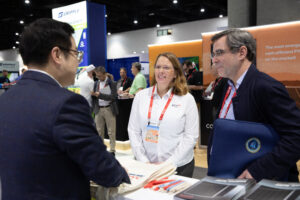

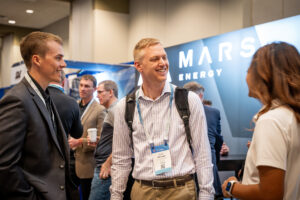
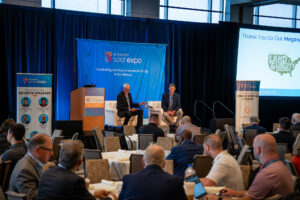
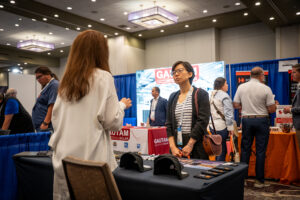
Educational Program
The IESNA Midwest conference program featured the insights and expertise of 60 speakers leading 28 conference sessions, 4 keynote interviews, 4 NABCEP-accredited trainings, and 1 workshop.
4 Focused training sessions—providing 1 NABCEP credit apiece—explored:
- O&M best practices for solar farms and commercial-scale systems (from 250kW and up to 1MW)
- Fundamental components and aspects of energy storage systems and solar + storage systems
- Best practices and code requirements for solar PV installation
- Integrating a quality management process to improve solar installations
Sessions were led by:
- Emmitt Muckles, S.E. Power Consulting
- Nick Matthes, Illumination Solar Training Systems
- Rudy Saporite, IBTS
With the return of Trump to the political stage, solar stakeholders face potential shifts in federal policy, particularly around tariffs and solar-focused regulations. This session discussed what’s next for solar under a Trump administration, including the impact of potential tariff adjustments, changes to permitting and registration processes, and the evolving regulatory landscape. While federal policies may present challenges, state-level opportunities remain a critical area for growth. Experts discussed the future of solar policy, strategic responses to federal headwinds, and how state policies can provide opportunities for innovation and progress in the industry.
Featuring:
- Brian Lynch, REC Americas
- Brian Maillet, Renewable Energy Evolution
- Alyssa Martin, Nelnet Renewable Energy
- Christian Roselund, Clean Energy Associates
As interconnection backlogs grow, developers are left wondering: how can we work with—and around—FERC and ISOs to bring projects online? This session examined MISO and PJM’s compliance with FERC Order 2023, the lingering impact of FERC Order 2022, and what these policies mean for capacity markets. Will these regulatory shifts finally unlock new opportunities, or will bottlenecks persist? Industry experts broke down the latest developments and what they mean for projects.
Featuring:
- Samantha Deeney, Mitsubishi Electric Power Products, Inc.
- Anupam Gopal, Enerzinx
- Bhaskar Ray, QCELLS USA Corp.
The rapid growth of data centers and artificial intelligence (AI) technologies is expected to create an unprecedented demand for electricity, potentially outpacing current generation and transmission capabilities. This session explored how regulators, utilities, and developers are preparing for this massive surge in load requirements. Are existing utility and ISO/RTO grid plans sufficient to meet these needs, or is more innovation required? Experts discussed the potential opportunities for generation and transmission developers over the next five years to address these demands. Additionally, they looked at whether large customers, such as data centers, are targeting specific markets based on power availability and regulations, and what strategies those markets are using to prepare differently. This session delivered insights into how the grid will need to evolve to keep up with the technological demands of the future.
Featuring:
- Steven Brisley, Camus Energy
- Scott Vogt, ComEd
- Julian Spector, Canary Media
Interest in behind-the-meter solar and storage continues to generate interest with commercial and industrial customers. Rising energy and capacity prices create opportunities to reduce a facility’s energy costs and budget risks. However, uncertainty over shifting federal and state policies and incentives complicates the decision. Financing and structuring for batteries is also in its infancy. Industry experts shared insights into structuring deals that align with shifting incentives and business goals, ensuring long-term project success.
Featuring:
- David Braun, Intelligent Generation
- Allegra Donadio, TotalEnergies
- Troy Hammond, Convergence Energy
- Eric Peterman, MARS Energy, EPC
The utility-scale solar sector faces mounting obstacles, from interconnection bottlenecks and rising costs to increasing local opposition. How are policymakers addressing these barriers, and how are developers adapting their strategies? This session explored evolving market dynamics, shifting customer demands, and the impact of future supply and demand trends on revenue structures and offtake agreements. Industry experts examined the policy landscape and discuss innovative approaches to overcoming these headwinds.
Featuring:
- Jennifer Kan, REV Renewables
- Johanna Kraus-Darden, AES Corporation
- Barry Matchett, Clearway Energy
- Kristina Shih, Segue Sustainable Infrastructure
Individual presentations for Illinois, Minnesota, Ohio, Iowa, Michigan, Indiana, Wisconsin, and Missouri examined the state’s clean energy landscape, including policies, challenges, and opportunities.
Community solar projects face various unique challenges, from complex interconnection issues, rising costs, and real estate constraints. On top of these technical hurdles, the evolving regulatory landscape—including scrutiny around equity standards, contractor qualifications, and waitlist priorities in the state incentive programs—adds layers of complexity. This session examined how developers of all sizes are navigating these challenges, managing risks, and adapting to shifting state policies and utility requirements. Experts explored the future of interconnection, cost sharing and regulatory oversight for community solar.
Featuring:
- Kiera Gavin, Cultivate Power, LLC
- Ben Jacobi, Polsinelli P.C.
- Jeff Lee, Nautilus Solar
- Christy Wilson, Cypress Creek Renewables
- Matt Van Arkel, New Leaf Energy
Keynote discussions featured:
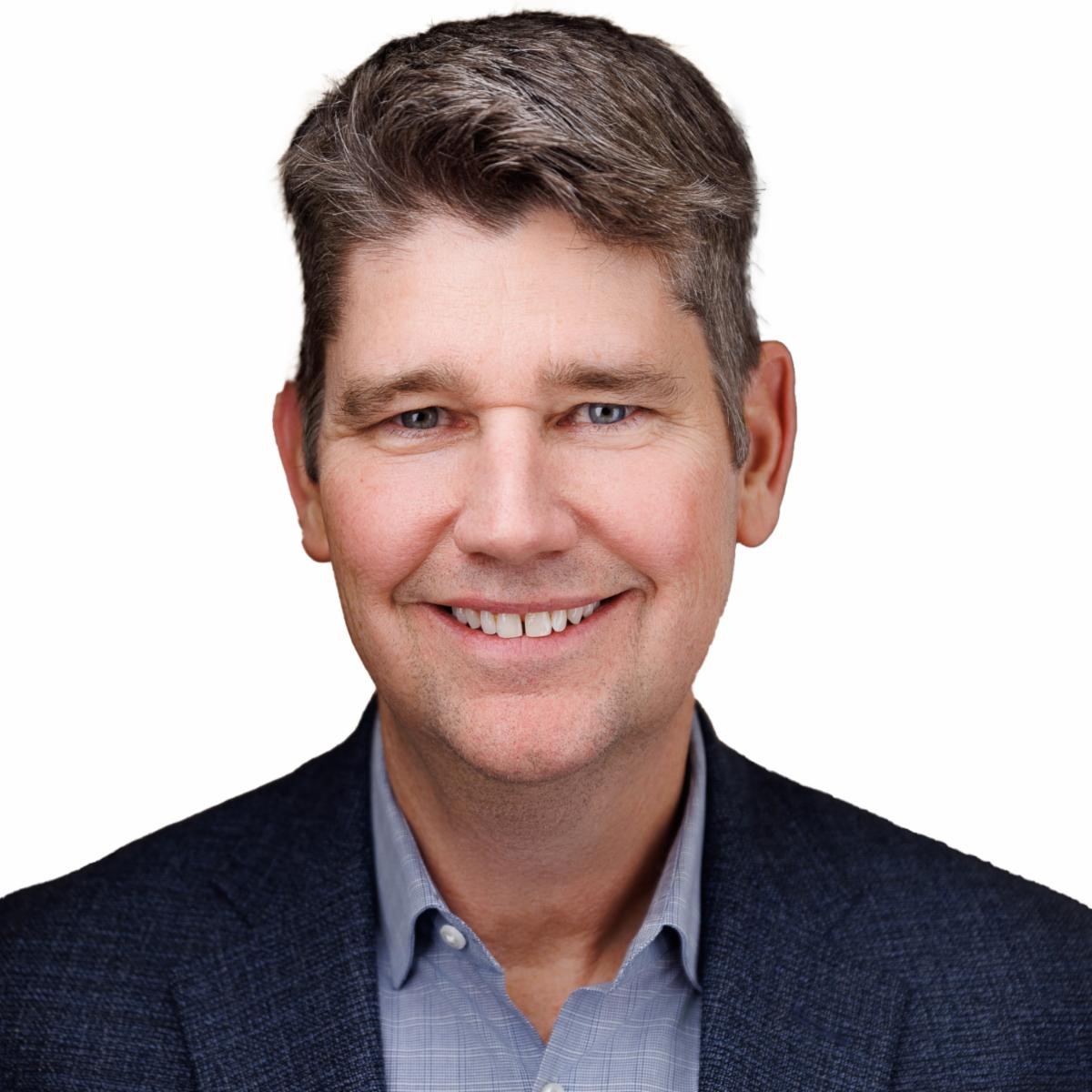
Norm Taffe
President - Energy Technology, Generac
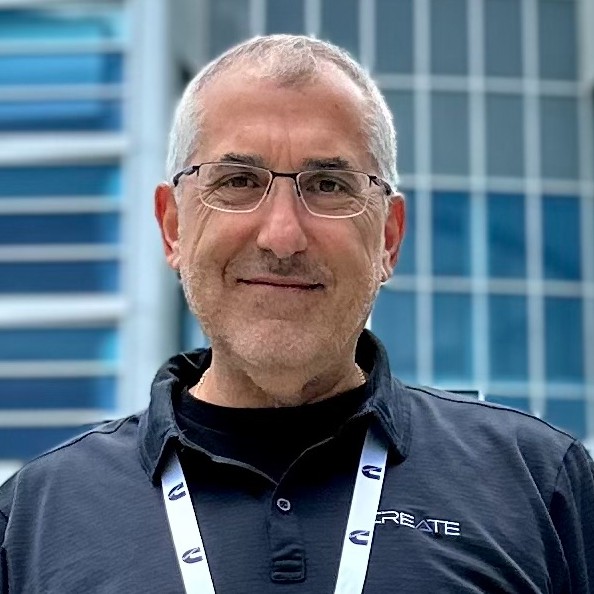
Dean Solon
Founder & CEO, Create Energy
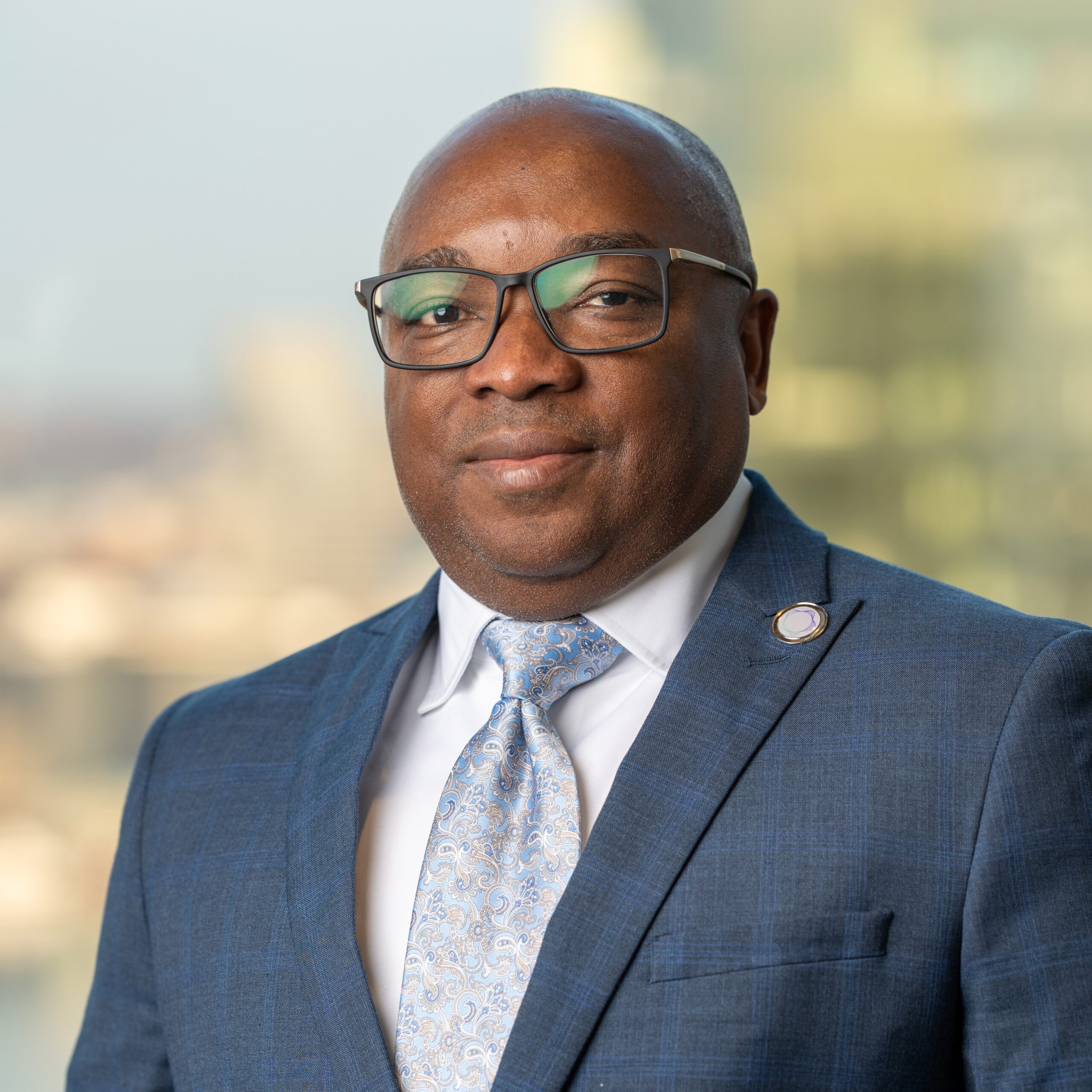
Sunny Elebua
Chief Strategy and Sustainability Officer, Exelon

Melissa Washington
SVP, Customer Operations and Strategic Initiatives, ComEd
Exhibitor List
IESNA Midwest’s exhibit hall showcased the latest innovation in solar and clean energy.
- APA Solar Racking
- BlackRock and LiveWire Construction
- CBBEL
- CAB Solar
- Chint Power Systems
- ELM MicroGrids + Ziegler Energy
- EnergyScape Renewables
- Enphase Energy
- Erosion and Construction Solutions
- Exel Solar US
- Foundation Technologies
- FranklinWH
- G2 Consulting Group
- Gautam Solar
- Gotion Illinois
- Greentech Renewables
- HEATMAP
- Heliene
- Intelligent Generation
- IronRidge
- ISEA
- IUOE Local 150
- Jolma Utilities
- KB Racking
- Krinner
- Lidar Drone Services
- LIUNA West Lake Region
- Mars Energy Group
- Meteocontrol
- MREA & Illumination Training
- NABCEP
- Nelnet Renewable Energy
- Pioneer Engineering
- Polytrade Global
- Porter Electric
- Powering Chicago
- REC Americas
- Roof-Tech
- Sinclair Design & Engineering
- SnapNRack
- Solar Connections
- SolarEdge
- Summit Ridge Energy
- SunModo
- Sun-Pull Wire
- Talesun Solar
- Transect Inc.
- United Brotherhood of Carpenters
- Verde Solutions
- Wheelhouse Land & Field
- Windfree Solar
